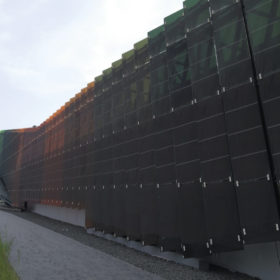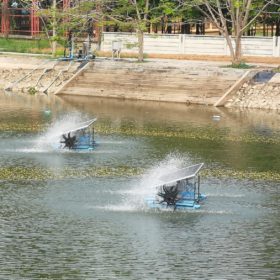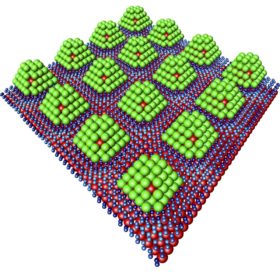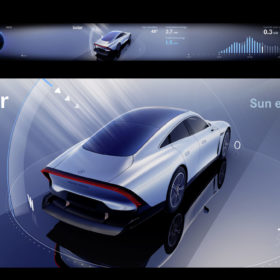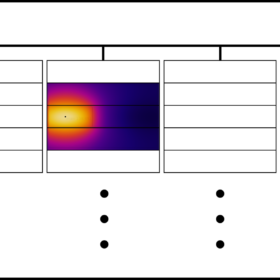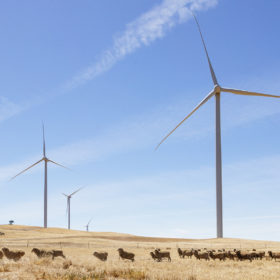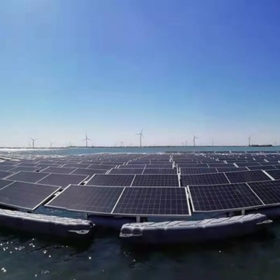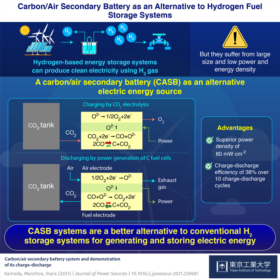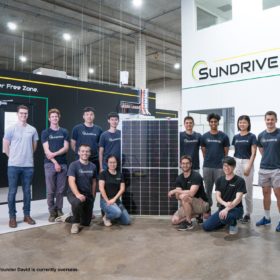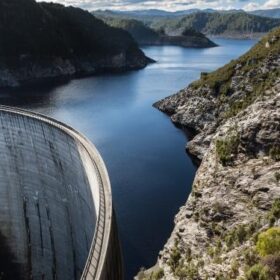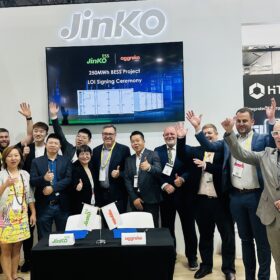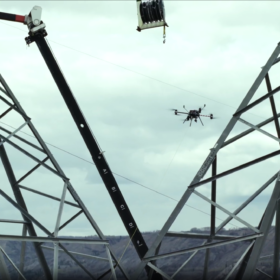Weekend read: BIPV no refuge
Deployment in the building integrated PV segment is accelerating, and so too are the number of solar products available to architects and developers. And while BIPV had long been the segment in which an array of thin-film technologies could shine, they are now in increasingly stiff competition with crystalline silicon rivals.
Weekend read: Solar-plus-storage for aquaculture aeration
Recent research from Thailand has shown that solar-plus-storage on floating platforms could be the cheapest option to power energy-intensive aeration systems in aquaculture projects. The battery accounts for around 54% of the capital costs, which is why system sizing would be key for economic viability.
Electrolyser tech to produce hydrogen from seawater
With a new start-up and a consortium in the Netherlands, German automotive supplier Schaeffler wants to significantly reduce the costs of green hydrogen.
Storing hydrogen with ‘nano-chocolates’
German scientists have developed a novel hydrogen storage method that relies on nanostructures – tiny nanoparticles made of the precious metal palladium – instead of high pressure and lower temperatures.
Mercedes’ newest electric car comes with thin-film solar cells on the roof
The solar roof was developed in collaboration with the Fraunhofer Institute for Solar Energy Systems.
Novel design for shingled solar modules
Researchers in Singapore have created a flexible framework for designing hotspot-resistant shingled modules. Their work is claimed to be perfectly compatible with existing manufacturing techniques.
Neoen’s 204MW/34MWh Bulgana project points to co-located renewables future
French renewable developer IPP Neoen announced the completion of its Bulgana wind-plus-storage project in the Australian state of Victoria. Having now installed more than 650MW of large-scale solar, wind, and battery storage in the state, the developer has pointed to its “well balanced” renewable portfolio in Victoria including an additional 2GW of projects in the pipeline.
World’s largest floating PV plant goes online in China
Huaneng Power International has switched on a 320 MW floating PV array in China’s Shandong province. It deployed the plant in two phases on a reservoir near its 2.65 GW Dezhou thermal power station.
Carbon-air batteries vs hydrogen storage
Researchers from Tokyo Tech have developed an alternative to hydrogen energy storage which is smaller in size and more efficient. The system utilises carbon as an energy source and demonstrates superior power density and charge-discharge efficiency of 38% over 10 cycles.
Promising Sydney startup SunDrive fabricates its first full-sized panel
World beating Sydney-based startup SunDrive has given itself an early Christmas present in the form of the fabrication of its first full-sized panel. This panel marks the most recent milestone on the road to commercialisation for SunDrive, which set a new world record for commercial-sized silicon solar cell efficiency in September.
